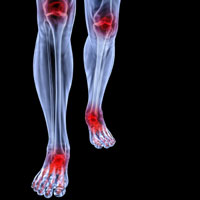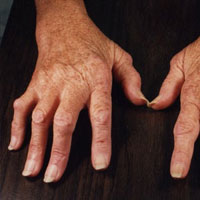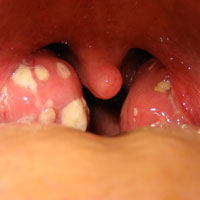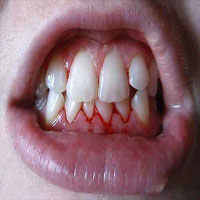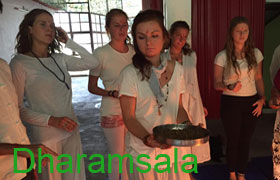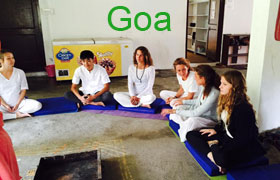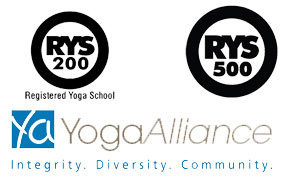Knee Ankle Joint Pain
Knee pain is one among the foremost common ailments, moving thousands, or maybe even countless individuals on a routine, round the world. Contrary to what many individuals believe knee issues that might embody knee injuries and pain, square measure as common in youngsters, as they’re in adults. The severity of the pain is sure to vary, supported the causes, additionally because the patients’ age and levels of fitness. The majority have the tendency to alter knee pain.
Yoga will work greatly for the treatment of chronic pain in joints anyplace within the body. You would like to pick the suitable poses which can bring certain and instant results for knee pain. The yoga exercises which give free movement to the limbs ought to be undertaken.
The postures of yoga like Tadasana (Shoulder stand), Makrasana (Fish Pose), Veerasana (Hero Pose), Trikonasana (Triangle Pose), Bhujangasana (Cobra Pose) and Vrikshasana (Tree Pose) work nice for the treatment of joint pain. The yoga teacher training in Rishikesh trains you in a way that you can impart a good health with the practice of this asana.
Tadasana
Procedure
1.Stand upright
2.Hold your feet firmly on to the bottom
3.Straighten your back
4.Breathe slowly
5.Inhale and exhale because it relaxes your body
6.Stay during this posture for someday
Makrasana
Procedure
1.Sit upright
2.Fold your legs like in position
3.Hold each of your toe tips together with your various hands
4.Try to lie on the bottom together with your legs still during this cause
5.Touch the bottom together with your head
6.Hold on for someday
Parvatasana
The Mountain Posture (whose original Indian name is Parvatasana) in Yoga is appropriate for reducing rheumatic aches within the shoulders moreover as for stretching the higher body.
Note that Parvata means that Mountain. The posture gets its name as a result of the person acting it resembles a Mountain with the raised arms denoting the height.
Procedure
Sit on the bottom along with your head and spine erect. Extend your legs forward such your knees and heels area unit placed along. With the assistance of your hands, place your right foot on the left thigh then your left foot on the correct thigh. Try and bit the knees to the bottom and switch the soles of your feet upwards. See the Lotus Posture (Padmasana) for a lot of details.
Bring your palms along overlapping the fingers of your hands. Beginning at the chest level, extend your arms slowly upwards on the central vertical axis of the body until they’re over your head. Make sure that your arms bit your ears and aren’t bent at the elbows. Ascertain that your higher body is totally however well stretched from the hips to the fingers.
Remain during this final posture respiration deeply and uniformly along with your eyes closed for regarding 1-2 minutes (in the first stages) or your breakpoint*. Increase this point bit by bit.
Repeat the on top of steps except that you simply place your left foot on the correct thigh then your right foot on the left thigh. This can make sure that each legs area unit designed uniformly.
Benefits
The Mountain Posture (Parvatasana) helps in sublimating the vitality within the performer\’s body due to the overall stretch of the bone region. Further, the spine is straightened with height gain determined in youngsters and adolescents.
The posture develops varied muscles (biceps, triceps, and brachioradialis) of the arms.
The deep and uniform inhaling this yoga creates helps the performing artist freely expand the lungs and chest. Thus, it edges those with metabolic process disorders like respiratory disorder.

